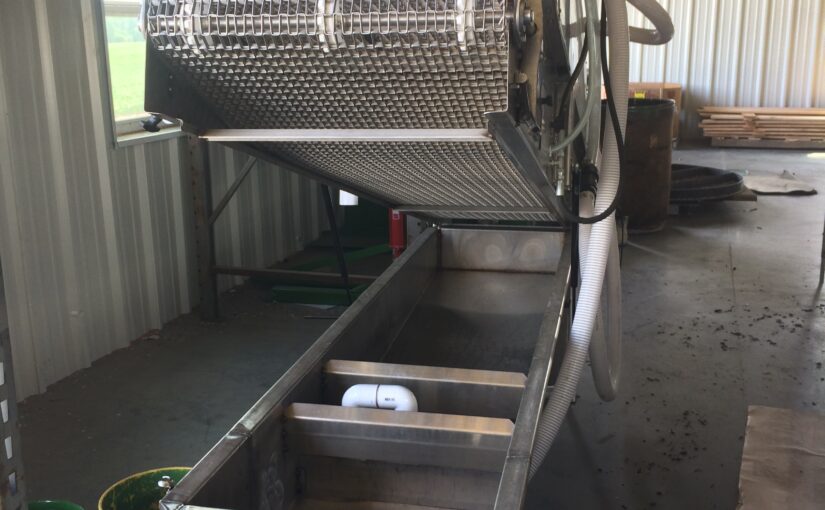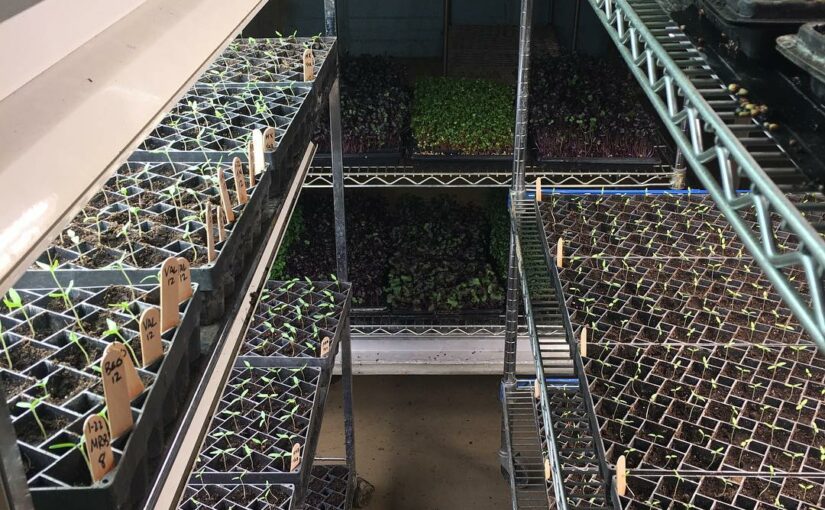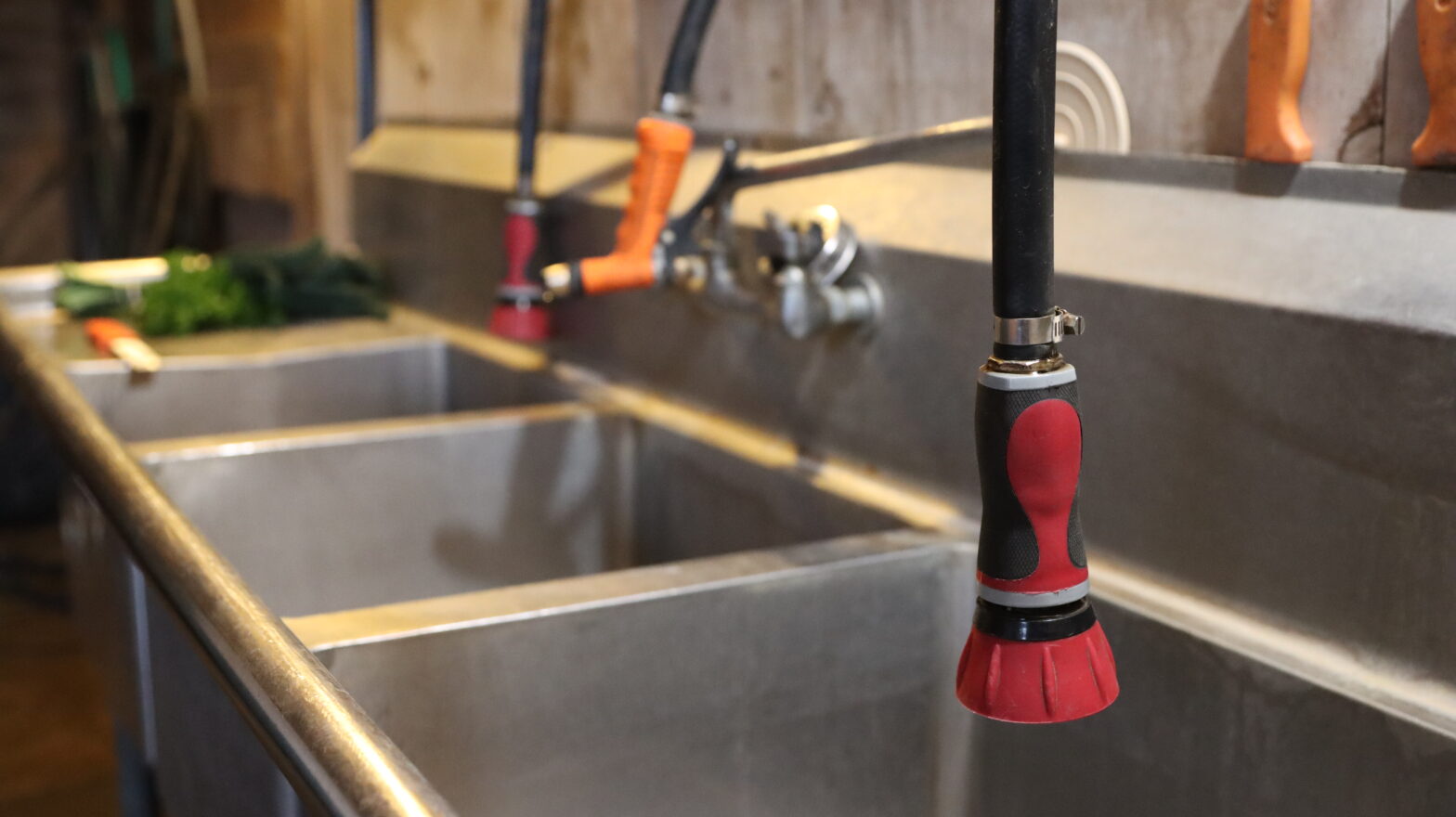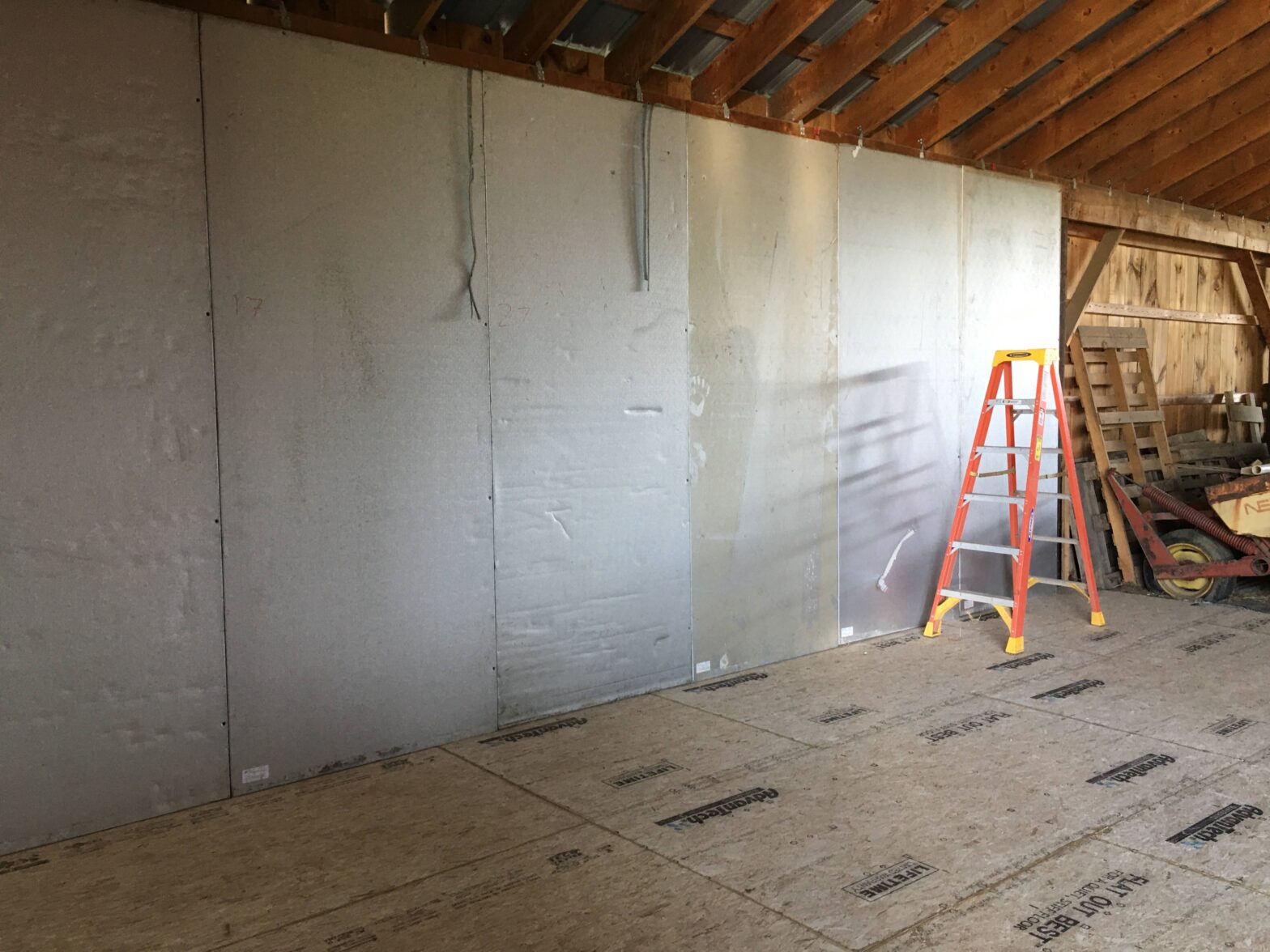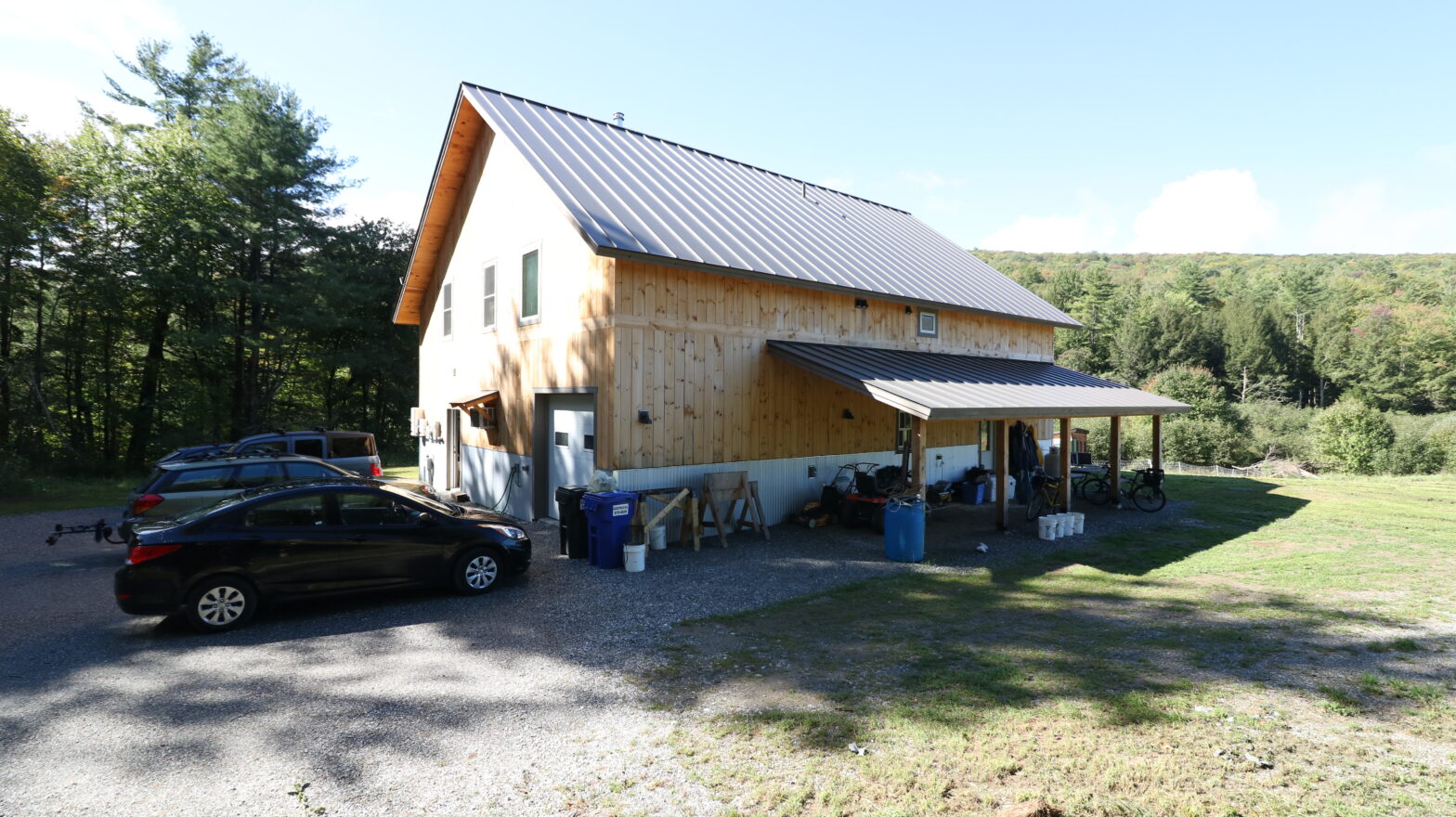Last summer we performed a series of precooling trials using small-scale forced air coolers to cool eggplant, watermelon, strawberries, blueberries, zucchini, and roasting peppers. The forced air cooling was done in parallel with standard room cooling and was shown to result in cooling rates ranging from 1.2 to 2.2 times faster than room cooling. This …
Category Archives: Equipment
Hygienic and Sanitary Design for Produce Farms
Hygienic design intentionally creates or improves spaces and equipment so they can be cleaned and sanitized as appropriate. This post, associated PDF guide and checklist (PDF and Excel, instructions) are tools we developed to help apply hygienic and sanitary design practice on produce farms. We also collaborated on a video introduction to hygienic design with …
Continue reading “Hygienic and Sanitary Design for Produce Farms”
Backflow Prevention for Produce Farms
The intentional, directional, and reliable flow of water is important to ensure agricultural water is “safe and of adequate sanitary quality”. This post provides information on the importance of backflow prevention and some common practices that help mitigate the risk of backflow. You can also view presentation slides and a recorded webinar on this topic …
Getting Started with a Growth Chamber
We’ve received a number of inquiries about building germination chambers so we have decided to provide some consolidated resources and guidance. An important first step is to consider what the purpose of the chamber actually is. There are a number of horticultural practices that benefit from dedicated, environmentally controlled spaces. These include germination, starting, propagation/transplanting, …
Launching of The Ag Engineering Podcast?!
Hello friends and farmers! I am excited to share a new idea and am looking for your feedback and support! Today, I am releasing Episode 0 of the UVM Extension Ag Engineering Podcast! This is a short form audio segment on tools, tips, and techniques to improve the sustainability of your farm. This is a …
Continue reading “Launching of The Ag Engineering Podcast?!”
Vegetable Wash Sinks, Tanks, Tubs and Basins: Upgrades for Efficiency and Ergonomics
A pdf of this blog post can be downloaded here. Produce wash sinks and tanks on vegetable farms consist of several different styles, designs, sizes, and uses. The needs vary from farm to farm but some features to consider are highlighted here. Some common basins for washing vegetables could include the following. Commonly Used as …
Last Resort Farm: Post Harvest Case Study (Video Series)
Silas Doyle-Burr is managing Last Resort Farm in Monkton, VT, taking over the operations from his parents on the farm he grew up at. The farm was purchased in 1987, and transitioned from dairy farming to vegetable production in 1993, and now grow 26 different crops split just about evenly retail vs. wholesale. The following …
Continue reading “Last Resort Farm: Post Harvest Case Study (Video Series)”
Cooler Construction Options – Walls and Panels
There are many options when it comes to constructing a walk-in cooler, cold room, or warm room for on-farm storage. The main goals for construction of any temperature and humidity controlled space are: The resources below provide an overview of common cooler wall construction options.
The BarnHouse: Optimized for Modern Day Vegetable Farming at Footprint Farm
Download the PDF Fact Sheet of this Post Harvest Case Study Here! Taylor and Jake Mendel own and operate Footprint Farm in Starksboro, VT. Starting their own farm in 2013, they now produce pretty much everything except storage potatoes and storage squash with 66 different kinds of vegetables grown in both fields and high-tunnels. About …
Continue reading “The BarnHouse: Optimized for Modern Day Vegetable Farming at Footprint Farm”
Footprint Farm: Post Harvest Case Study – Video Series
Looking to upgrade your wash-pack space? Check out this interview with Taylor Hutchison from Footprint Farm talking about their motivations for building a new barn (house!) and including all the features they implemented to make it food safe and efficient. Stay tuned for a written case study, and a downloadable pdf coming soon. The playlist …
Continue reading “Footprint Farm: Post Harvest Case Study – Video Series”
